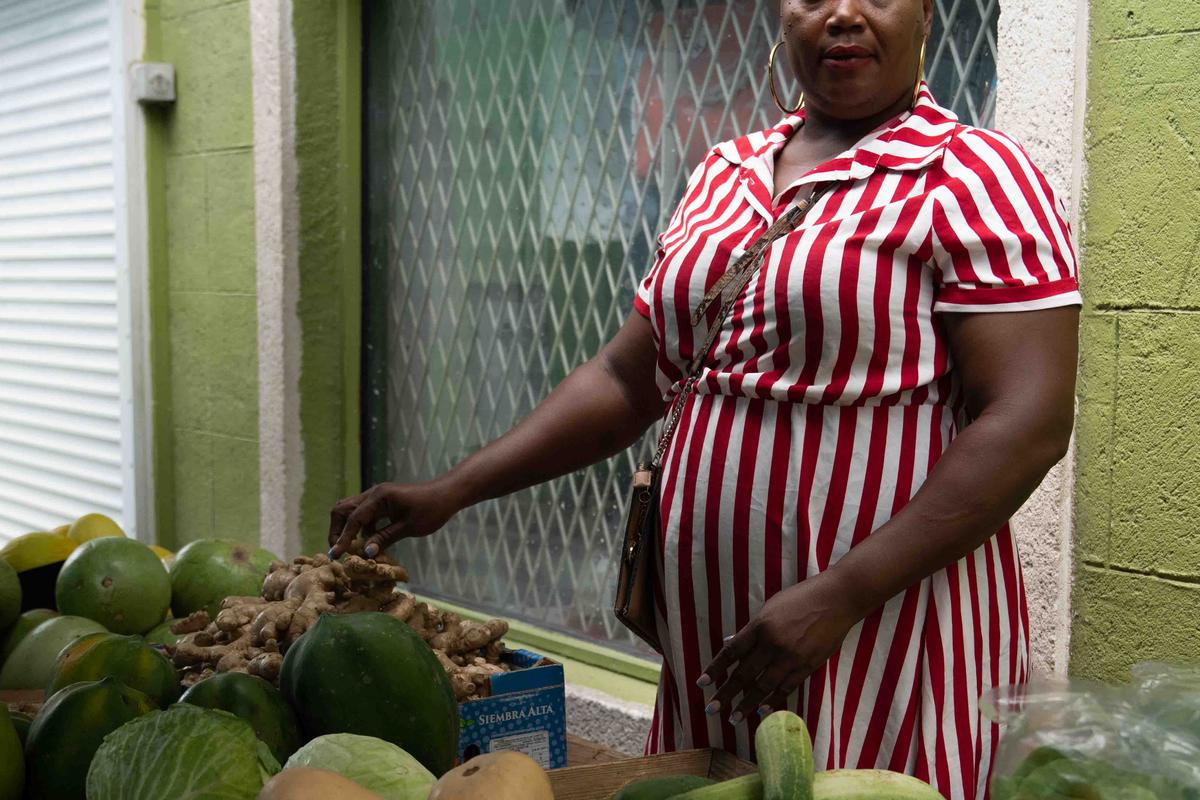Cambodia
Cost Of Living Crisis
Countries contend with high inflation and commodity prices, many with IMF support.
A combination of climate shocks and the pandemic disrupted food and energy production and distribution, driving up costs for people around the world. For many member countries, Russia’s invasion of Ukraine worsened an already difficult situation by pushing the prices of energy, food, and fertilizers even higher and exacerbating energy and food shortages. Although global food and energy prices have fallen from their peak levels in mid-2022, domestic prices and the risks to food production remain elevated in many economies, hurting mostly poorer households. More broadly, although inflation has been declining in response to many central banks’ interest rate hikes, most countries still face elevated headline and core inflation.
Coping with Inflation
Governments have faced difficult trade-offs in tackling high food and energy prices, as well as core inflation pressures, with policy buffers reduced after years of pandemic relief spending.
Monetary policymakers should remain focused on bringing inflation down but stand ready to adjust quickly to financial developments, the April 2023 World Economic Outlook noted. The April 2023 Fiscal Monitor assessed how fiscal policy can do its part to support monetary policy in facilitating disinflation while protecting the most vulnerable.
In October 2022, the World Economic Outlook and Fiscal Monitor highlighted key principles for formulating an appropriate fiscal response to the cost of living crisis. These include ensuring fiscal policy does not work at cross-purposes with monetary authorities’ efforts to bring down inflation; using targeted and temporary transfers to support vulnerable households instead of price controls, untargeted subsidies, and export bans; and safeguarding investment in human capital, digitalization, green energy, and supply-chain diversification.
Figure 1.2
Real Food Price Indices
(2014 - 16 = 100)
Food prices remain elevated even after retreating from their record highs in early 2022.
Source: United Nations Food and Agriculture Organization (FAO).
Note: The period 2014–16 was chosen as the base as it was considered the most representative period for most markets in the past 10 years. A three-year period is chosen to minimize the impact of variation in both internationally traded prices and quantities.
Food Insecurity
The IMF heightened its efforts to help tackle the global food crisis. Countries in sub-Saharan Africa have been most affected, with food prices surging by an average of 24 percent in 2020–22, the largest increase since the 2008 global financial crisis. The most vulnerable countries face severe macroeconomic challenges exacerbated by weak institutions and fragile sociopolitical environments.
Figure 1.3
Inflation Drivers
(percentage, median inflation rate)
Rapid increases in food prices have been one of the main drivers of quickening inflation around the world.
Source: IMF CPI database and IMF staff calculations.
Note: Chart shows median total inflation and in select categories across 88 countries, including 28 advanced economies and 60 emerging and developing economies.

IMF Financing and Food Shock Window
Since May 2022, the IMF has approved new upper-credit-tranche-quality arrangements or augmentations of those that already exist for eight countries facing acute food insecurity. Seven countries have benefited from new programs (Bangladesh, Benin, Cabo Verde, Mauritania, Mozambique, Sri Lanka, Zambia), and Kenya’s program has been augmented. The programs help countries address a broad range of balance of payments needs while strengthening social safety nets, including policies to help address the impact of the food crisis.
To provide a new channel for emergency financing to member countries that have urgent balance-of-payments needs related to the food crisis, the Executive Board approved a new temporary FSW in September 2022. Six countries—Burkina Faso, Guinea, Haiti, Malawi, South Sudan, and Ukraine—had accessed this financing as of April 30, 2023, for a total of about SDR 1.4 billion (or $1.8 billion). The Executive Board also amended the policy for Staff-Monitored Programs to allow Program Monitoring with Board Involvement in October 2022. The change allows the Board to provide opinions on whether a member’s policies are sufficiently robust to meet the program’s objectives and monitor program implementation, including policies aimed at facilitating the transition to an upper-credit-tranche-quality IMF-supported program.
The IMF collaborates closely with partners to strengthen the international response to high food prices, including the Food and Agriculture Organization, World Bank, World Food Programme, and World Trade Organization.
The Fund made available
billion
through upper-credit-tranche arrangements

Read Next
Public Debt
The IMF works with member countries to better support them in addressing debt sustainability and restructuring challenges.